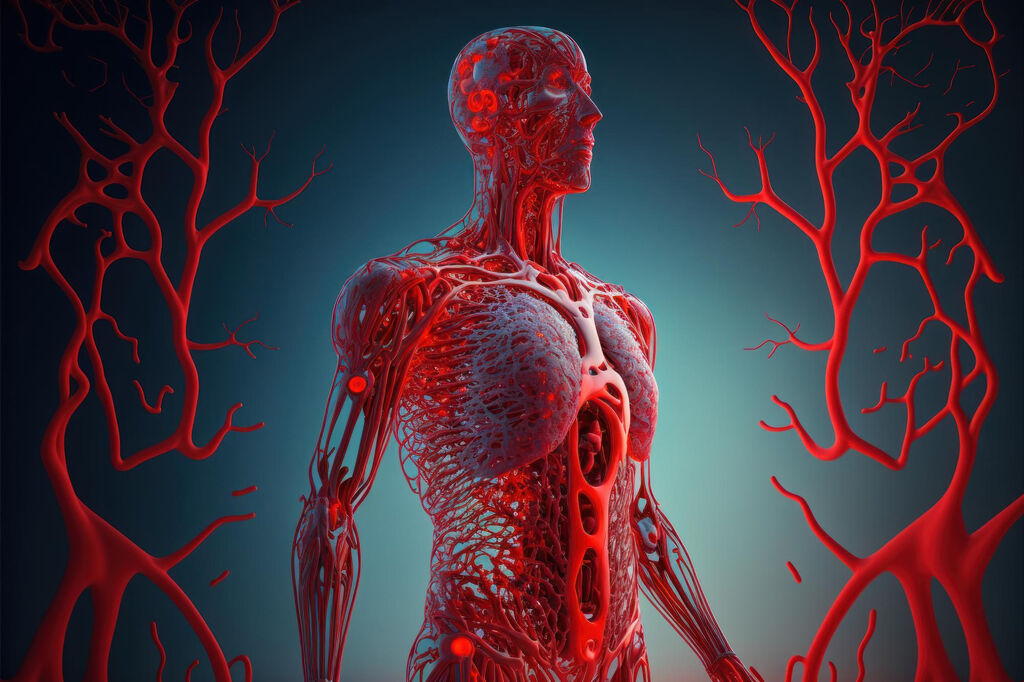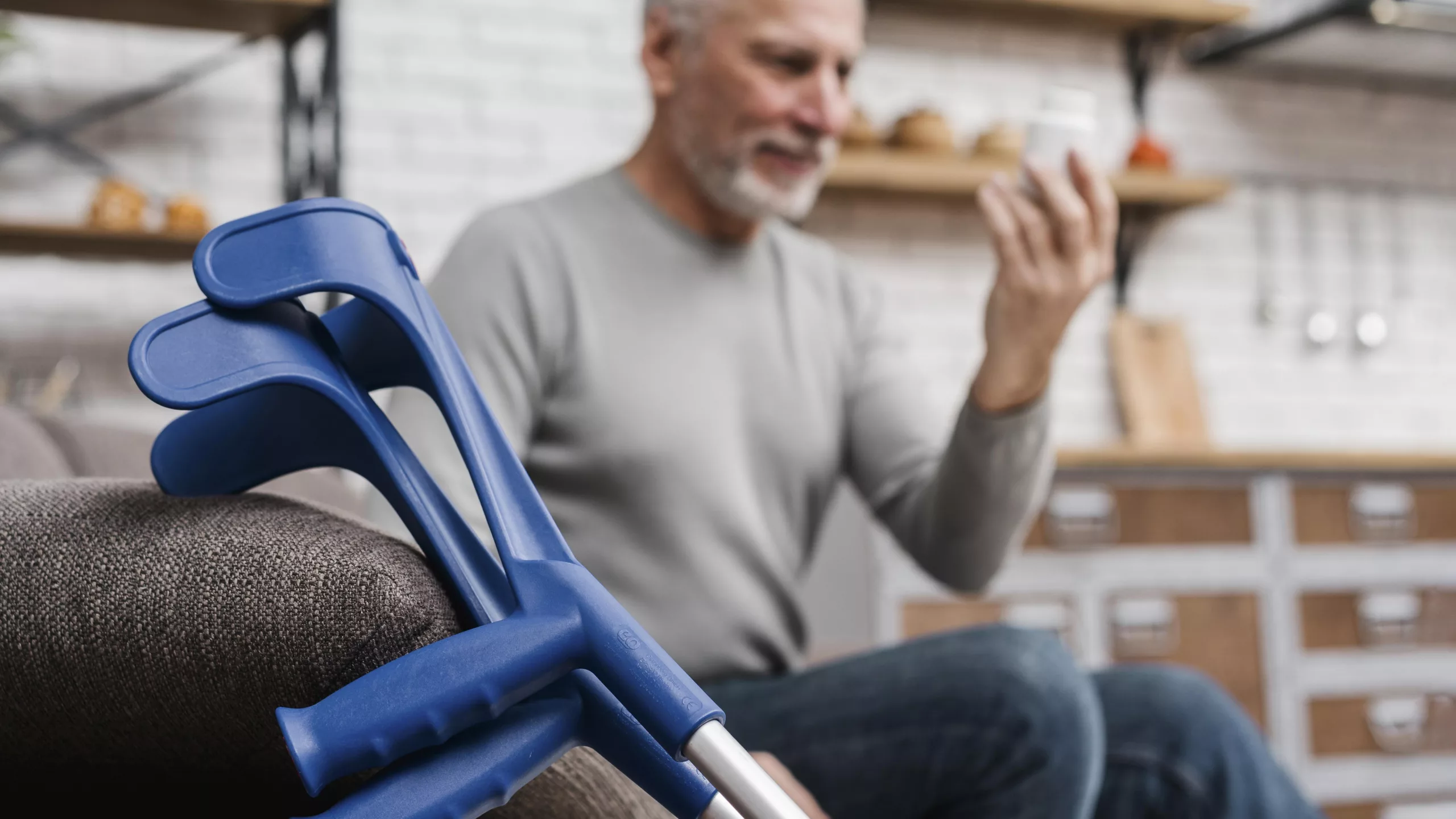Understand the role of massage in post-operative recovery and how it can aid in healing, reduce pain, and improve mobility at Forget Me Knot.
Whether minor or major, surgery can be a significant event in a person’s life. The recovery process is crucial and often involves pain management, wound care, and physical therapy. At Forget Me Knot, I understand the role of massage in post-operative recovery and how it can aid in this process.
Pain Management
One of the immediate benefits of massage after surgery is pain relief. Massage stimulates the release of endorphins, the body’s natural painkillers. This can help reduce reliance on pain medication, which often comes with side effects.
Improved Circulation

Massage can also improve circulation, which is crucial for healing. Increased blood flow delivers oxygen and nutrients to the tissues, promoting faster healing of surgical wounds.
Increased Mobility and Flexibility
Post-operative massage can help increase mobility and flexibility, which can often be compromised after surgery. Gentle massage can help stretch tight muscles and improve range of motion, aiding in the rehabilitation process.
Quick Guide to Post-Operative Recovery Through Gentle Movements
- Pace Yourself: After surgery, it’s normal to feel fatigued and experience some discomfort. Start with light activities and exercises, and gradually return to your prior level of function.
- Walking: Begin with walking as it helps reduce bone loss, counter fatigue, and prevent muscle atrophy. Aim to walk around for a few minutes 2-3 times per day.
- Shoulder Range of Motion: Especially after breast surgeries, keeping the shoulder on the surgical side loose and moving is crucial. Start shoulder exercises 1-2 days after surgery, performing them 2-3 times daily.
- Diaphragmatic Breathing: Deep breathing exercises can help with pain control, relaxation, and relieving tightness in the chest and back. Practice deep breathing using your diaphragm at least five times a day.
- Scar Massage: Four weeks after the incision heals, start self-massage to decrease the binding or tightening of scars. Use a body lotion and massage in the direction of the scar and then across it.
- Benefits of Exercise: Exercise can help reduce weight gain associated with many treatments, increase energy levels, and minimise side effects like fatigue. Always check with your surgeon regarding a return to cardiovascular exercises following surgery.
- Lymphedema Precautions: If you’ve had lymph node surgery, be sure to follow guidelines related to lymphedema precautions.
- Stay Hydrated: Drink plenty of water to aid in healing and keep tissues hydrated.
Always consult with your healthcare provider before starting any exercise regimen, especially after surgery. The key is to listen to your body and progress at your own pace.
Reduced Swelling
Swelling is a common post-operative symptom. Massage can help reduce swelling by improving lymphatic drainage, helping to remove excess fluid and reduce inflammation.
Emotional Wellbeing
Finally, the soothing nature of massage can help improve emotional well-being. Surgery can be a stressful experience, and massage can help reduce anxiety and promote relaxation.

At Forget Me Knot, I offer post-operative massage as part of my comprehensive range of services. I will tailor the massage to your specific needs, ensuring a safe and beneficial experience.
For more information on the benefits of post-operative massage, you can refer to this comprehensive guide from the British Association of Beauty Therapy & Cosmetology.
Remember, this blog post is intended for informational purposes only. It’s not a substitute for professional medical advice, diagnosis, or treatment. Always seek the advice of your healthcare provider with any questions you may have regarding a medical condition.

